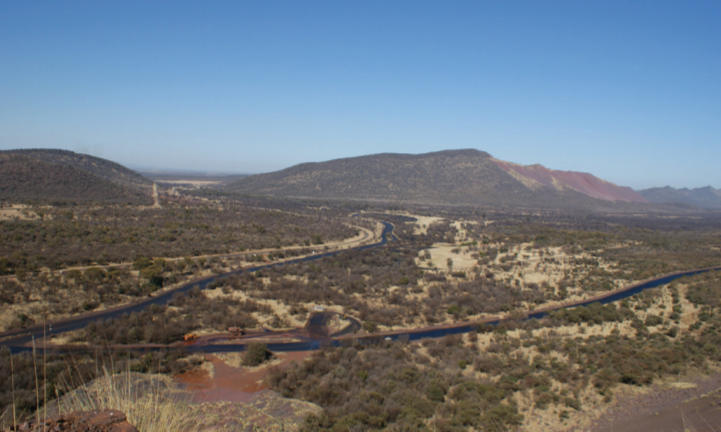
Preventing airborne dust from haul roads with dust control products
The exposure of wildlife to trace toxic elements found in airborne dust can be severe, whether the dust is visible or respirable (less than 10 microns in size). When exposed to dust, animals can suffer from a variety of health disorders such as severe heart and respiratory problems.
Additionally, surface water contamination from dust decreases aquatic oxygen content and light penetration, reducing the growth of aquatic plants and resulting in the direct mortality of aquatic species.
Due to the fact that haul roads are the biggest contributors to airborne dust in mine sites, it is imperative that mining operations adopt effective strategies to combat this.
Dust control products are the forefront of preventing airborne wheel generated dust impacting the environment. The goal of dust suppression is to prevent dust from reaching places it can cause harm, rather than undoing damage that has already been caused.
There are many different types of dust suppressants available on the market today for mines to choose from. Common formulations include bitumen emulsions, lignosulfonates and polymers.
Each formulation works in different ways to capture and subdue dust. For example, some suppressants are formulated to act as a hygroscopic (moisture attracting) crusting agent in order to bind surface particles together on roads. The crusting effect results in the containment of fugitive dust every time a haul truck passes over the road surface. Used in the right way and in the right applications many dust control technologies are highly effective at preventing tyre generated dust from becoming airborne.
Such solutions can be easily applied to haul roads using water carts via a series of light dilutions, and at a reapplication frequency dependent on the technology used, nature and volume of road use and climatic conditions.
For longer lasting results at significantly reduced ongoing effort, suppression products can be established into the wearing course layer of a haul road during initial construction. This approach is done in order to effectively bind materials together and also provide a surface seal that significantly reduces wheel-generated dust and the ingress of water into the road-base.
All dust suppression products produced and supplied by reputable vendors such as Dust-A-Side Australia are based on concentrated, environmentally friendly, polymer-based formulations and emulsions. They pose no risk of harm to surrounding vegetation or wildlife when managed correctly.
Ultimately, the correct use of dust suppressants on haul roads results in significant reductions in wheel generated dust emissions, which is a major benefit to the welfare of local flora and fauna.
Achieving erosion control and soil stabilisation for rehabilitation
In addition to dust impacts on flora and fauna, erosion and soil stabilisation is another environmental concern mines need to manage. This is particularly pertinent with open-cut mines.
Open-cut mining involves the complete removal of vegetation and topsoil layer, removing habitat that sustains ecological communities. This can also cause soil erosion and degradation of adjacent land, as well as sedimentation and contamination of nearby water bodies.
When an open-cut operation moves into a stage of site rehabilitation, it is critical that soil stabilisation and erosion control is taken into account. Soil stabilisation and erosion control is necessary to prevent fine soil runoff in wet conditions or becoming airborne in windy conditions particularly, while new vegetation is being established.
To reduce soil erosion or stabilise embankments, mines can use spray-on soil stabilisation products such as Dust-A-Side Australia’s AquaTarp. This product is a solvent-free, water and surfactant based emulsion of latex polymer and is specifically designed and formulated for easy application onto large exposed areas.
When spraying onto areas where revegetation is to take place, DAS Product is an ideal solution that penetrates the top layer of the soil and forms a light but protective layer that bonds to the underlying surface. In the right application rates DAS Product can also be mixed with seeds to promote germination. This helps promote more rapid revegetation while protecting against soil erosion and maintaining dust control.
Correct application of these products will help achieve re-growth of flora so that habitats and areas are revitalised back to the way they were prior to mining.
Looking for environmentally-friendly dust control solutions? Talk to Dust-A-Side Australia
We take our commitment to sustainability seriously, and as a result we have developed many products which are safe to both humans and nature.
To learn more about our cutting edge dust control solutions, call us on 1800 662 387. Or you can get in touch by clicking here.




